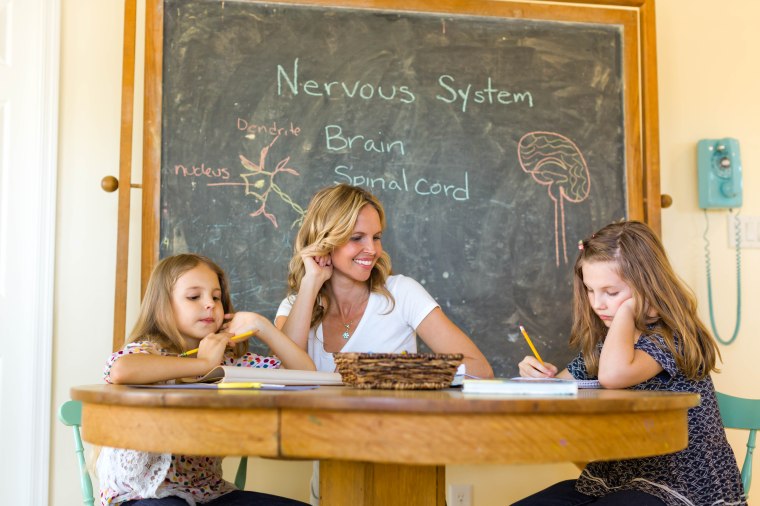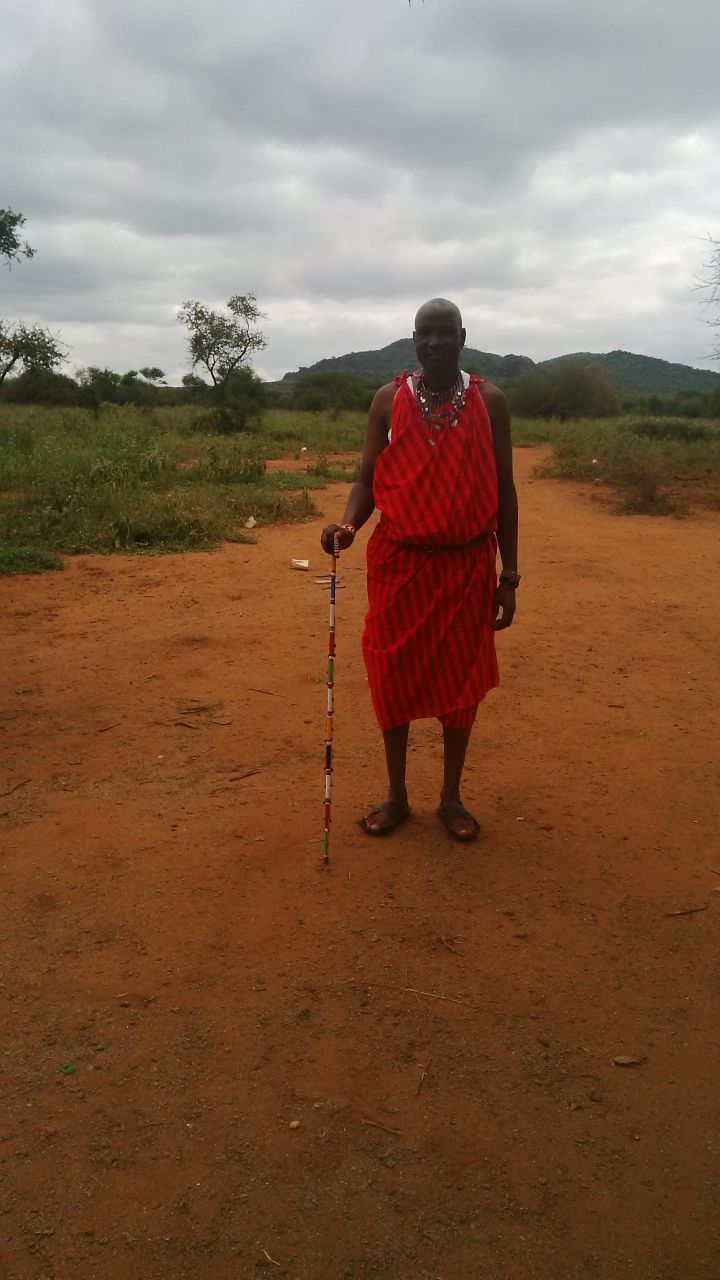Razi Berry was extremely fatigued in her twenties. I don’t mean she was just run-down or exhausted from stress or work. (We all get there sometimes.) Razi was tired at the cellular level, or what some of us call “bone-tired.” In her own words, she says she was like “a wind-up doll that constantly needed winding.”
She was struggling with fatigue, pain, hair loss, infertility, and more. At one point the doctors diagnosed her with fibromyalgia and chronic fatigue and they suggested she go on disability. At age 25, this was akin to a “life sentence” which Razi simply could not accept. She decided, instead, to became her own “health detective” and look for solutions to restore her health. This is when she took two steps that made all the difference.
- She made lifestyle changes that drastically improved her health. These included eating more animal products (including organ meats), breathing more deeply, and getting sufficient sleep.
- She found naturopathic medicine that turned her health trajectory around. The naturopathic approach deals with the whole person (not just certain ailments or body parts). There is a focus on the healing power of nature and finding and treating the cause of sickness, not the symptoms.
Listen to her full story on #34 “Tired of being tired” and you’ll hear:
- just how sick Razi was
- the improvements she saw with these two steps
- the principles of naturopathic medicine
- specific naturopathic therapies, including hot/cold showers, and wet socks
- the myth of “side” effects
- how the skin is a mirror of your health
- how Razi continues to maintain her health today
- her most important advice on how to approach your own wellness

Today, Razi is the publisher of “Naturopathic Doctor News & Review” and she maintains the Naturopathic health site, while also homeschooling her daughters. She obviously has energy and health to spare. Razi will inspire you to take your own steps to move from bone-tired to robust, and brimming with health! The first step for you may just be listening to this episode!
***
Hilda Labrada Gore is a health coach and the host of the Wise Traditions podcast (found on iTunes, Stitcher, iHeartRadio and at westonaprice.org). She is also the DC chapter leader for the Weston A. Price Foundation.


